Interviewee
Mr. Yoshimi Sato, Deputy section manager, National Health Section
Mr. Masaaki Fujisaki, Chief, National Health Insurance Section
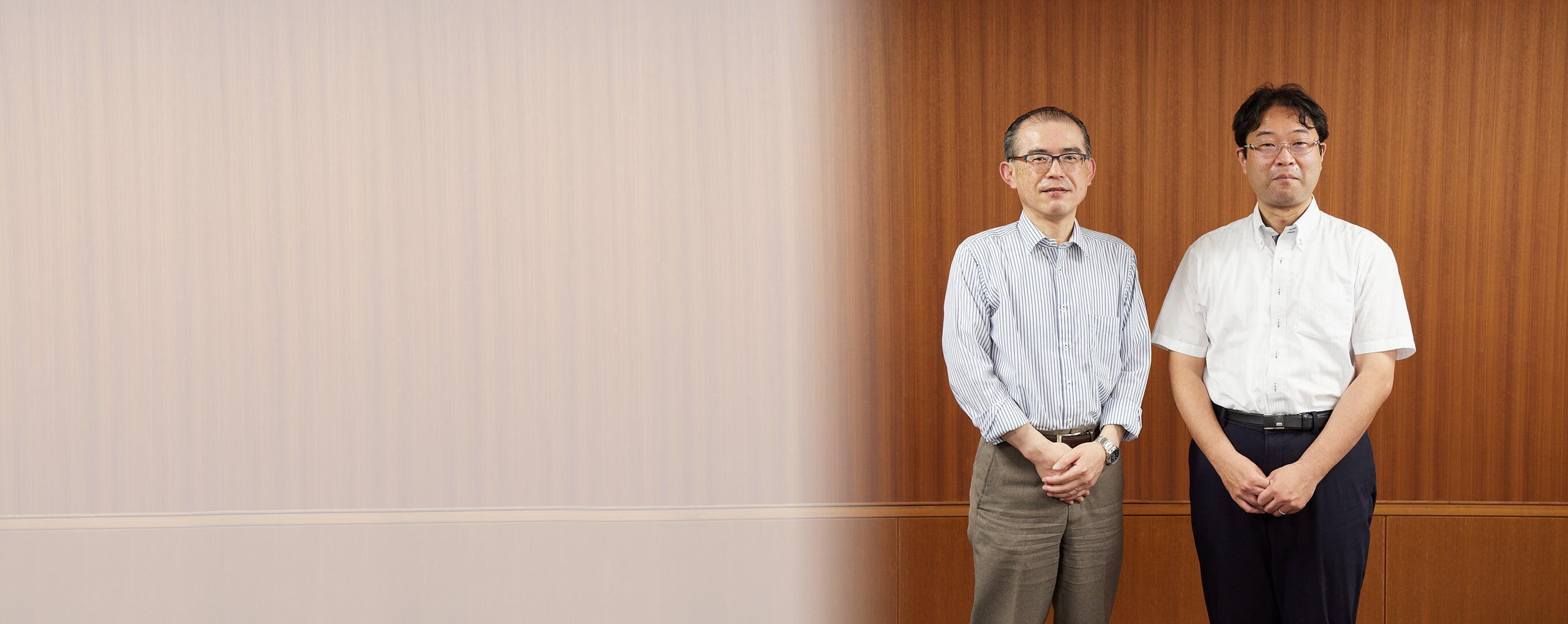
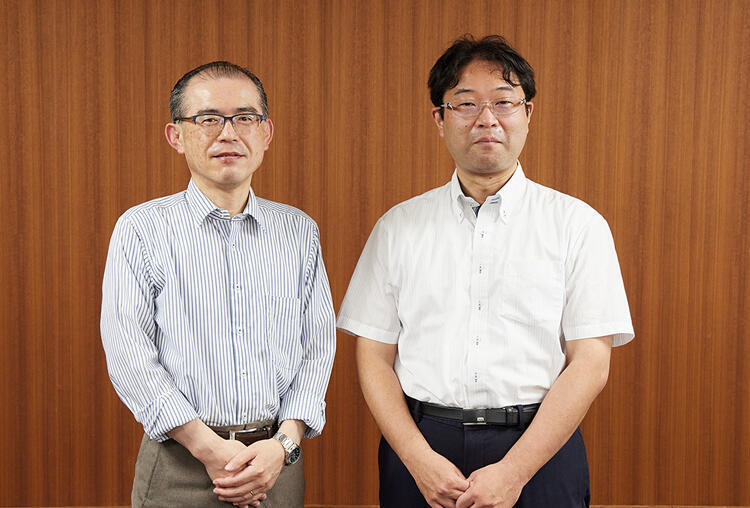
Streamlining and standardizing the operations for municipalities and companies
Digitizing counter and back office operations for municipalities or company
Cost reduction and operational efficiency by promoting digitalization
Standardize the counter operations
Outsourcing (BPO) of counter and office business
Ward office counter operations and call support
Reduced training period of counter operations by building methods utilizing tablets
Improvement in document check operations: productivity up by 52%,437 less hours per month
Mr. Yoshimi Sato, Deputy section manager, National Health Section
Mr. Masaaki Fujisaki, Chief, National Health Insurance Section
As the government advocates the “Basic Policy for Reform Toward the Formation of a Digital Society,” the roles required of local governments, such as improving operational efficiency and convenience for residents through digitization, are becoming more and more important.
As inquiry-handling operations in local governments become more sophisticated and multifunctional, the Suginami Ward Office completely renovated its core system in 2021. The resulting issues of increased overtime and backlogged document processing led the Suginami Ward Office and BELLSYSTEM24 to implement BPR (Business Process Reengineering).
By utilizing the collaborative relationship with the ward office and BELLSYSTEM24’s long-accumulated knowledge of local government support, we have improved operations by incorporating the perspectives of staff and residents. We have developed a series of business improvement processes to establish and visualize issues, improve counter operations, and continuously verify effectiveness.
Mr. Fujisaki said, “Staff members tend to have a strong mindset of following precedents, so it takes a lot of courage to adopt a new way of doing things. BELLSYSTEM24 is very proactive in suggesting ways to improve efficiency from an outside perspective, which is a big plus for us.”
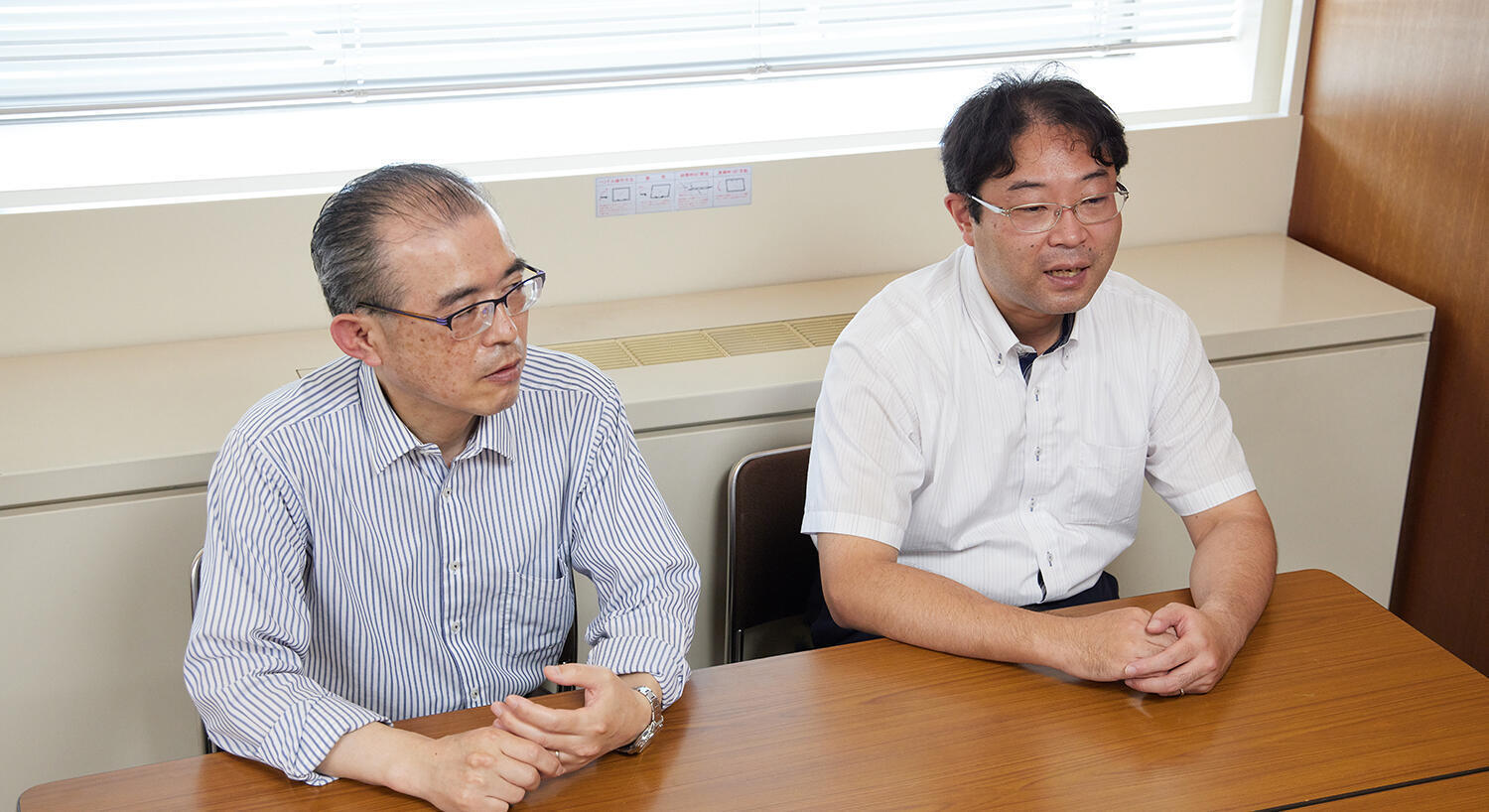
As a result of thorough visualization of operations and identification of issues, it was determined that there was a heavy burden of verifying the content of paper applications. It took about 833 hours per month to check paper applications against various types of information. “While the new core system streamlined some operations, it also made screen transitions time-consuming and made it difficult to access necessary information, and therefore although the number of applications remained almost the same, the time required to complete the work had increased significantly,” said Mr. Fujisaki. We found that by converting the application forms into data, the collation process could be automated, so we proposed implementing AI-OCR.
By implementing AI-OCR, application forms are automatically converted into data, so all types of information can be collated on a computer. In addition, by reviewing the entire workflow, we have significantly reduced the time required to complete the work from about 833 hours to 396 hours, contributing to cost reduction. Essentially, the increase in workload would have led to an increase in outsourcing fees, but the implementation of AI-OCR has reduced overtime hours, contributing to cost savings.
In addition to improving work efficiency with AI-OCR, we have implemented a tablet-based counter work support system which was developed by BELLSYSTEM24 to make counter operations more sophisticated.
Using digital manuals installed on a tablet when carrying out various procedures for visitors to the ward office has significantly reduced the training period and created a workflow that can be easily handled by a single newcomer. When the receptionist selects the procedures required for the visitor on the tablet, a check sheet is displayed with the corresponding items, such as whether the application requirements are met and what documents are required. As the procedures can be easily carried out according to the check flow, the time required to train new employees has been reduced by about half.
“We believe that in the future, there will be more channels for applications and procedures, such as online applications from home and using Mynaportal, in addition to paper applications at the counter, and I think that this will be a good opportunity for ward office staff,” said Mr. Fujisaki.
In addition, the app used on this tablet can be easily edited and enhanced on the spot. By simply selecting items following the flow, the receptionist can make changes to the manual on his/her own. “It is not uncommon for changes in laws, regulations, and systems to alter the terms of the application or the documents required for the application. The burden ratio in the latter-stage elderly healthcare system is scheduled to change in October 2022, so it will be helpful to be able to easily recreate the manual in such a case,” said Mr. Sato.
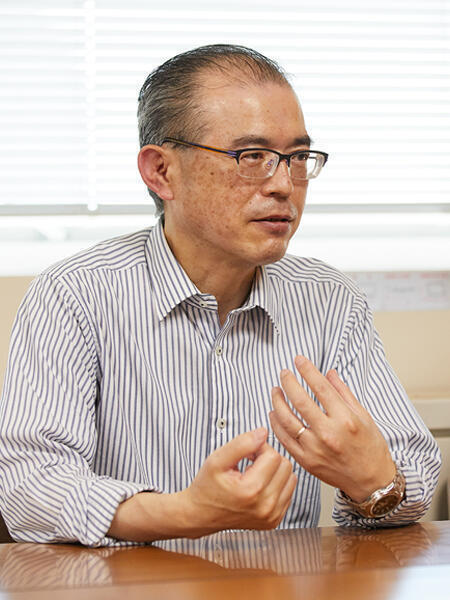
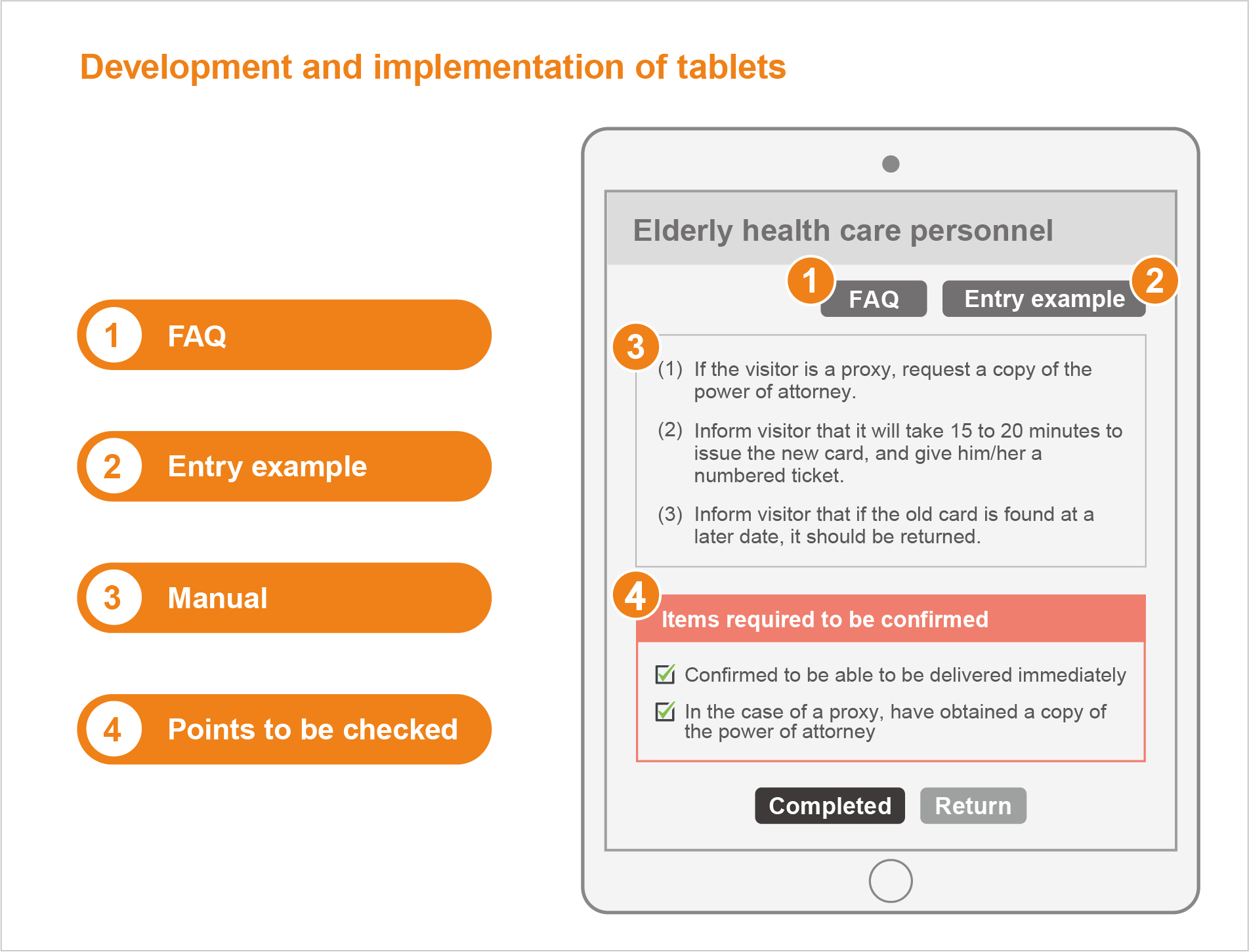
Demonstration experiments are also underway to promote the digitization of all operations of the National Health Insurance Pension Section. Rather than simply introducing systems and tools, we will verify the desired form after they have been integrated into actual operations.
"One aspect of digitization is that it makes it easier to see the workload and actual hours worked for each job. We aim to use this data to clarify which operations should be handled by staff and which should be outsourced,” said Mr. Sato. Another aim is to develop human resources. BELLSYSTEM24 proposes not only the implementation of RPA (Robotic Process Automation: a tool for automating operations using bots), but also the development of future digital human resources through the learning process and actual experience so that employees can set functions by themselves. Specifically, through training on the use of RPA, we will provide comprehensive support for digitization while utilizing our knowledge of business restructuring.
“I believe that this will be a good opportunity for staff members who feel resistance when they hear the word ‘digitization.’ By increasing the opportunities to actually experience RPA and other technologies, I believe we will be able to smoothly connect with younger staff members who have received digital education when they join our office in the future. The National Health Insurance and Pension Division has a lot of contact with the elderly, so I hope to successfully combine digital and analog,” said Mr. Fujisaki about cultivating DX awareness and prospects. Mr. Sato continued, “For the National Health Insurance and Pension Division, the move toward digitization has great benefits in terms of efficiency and cost reduction, and even if personnel who can use RPA leave the division in the future, I believe this will help raise the level of the entire ward office’s ability to handle digitization."
BELLSYSTEM24 will contribute to further digitization and efficiency from various angles, in line with the future vision of the Suginami Ward Office.
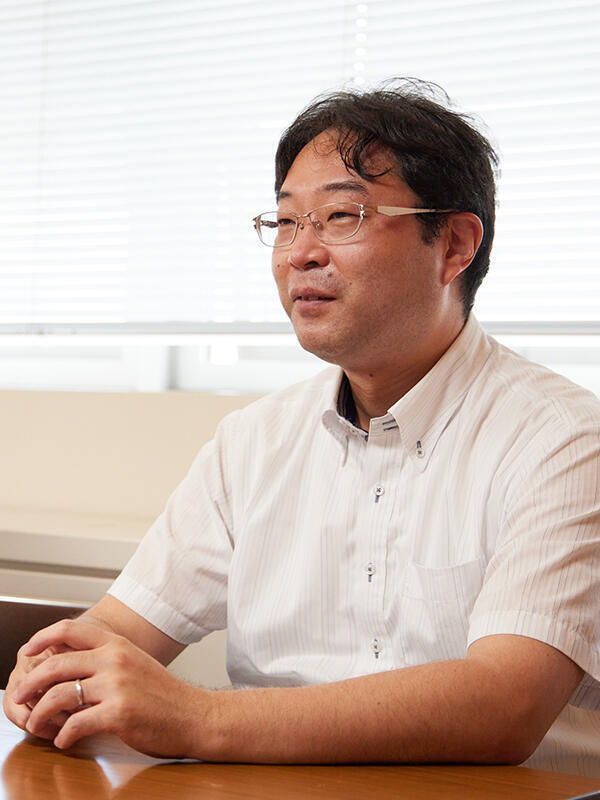
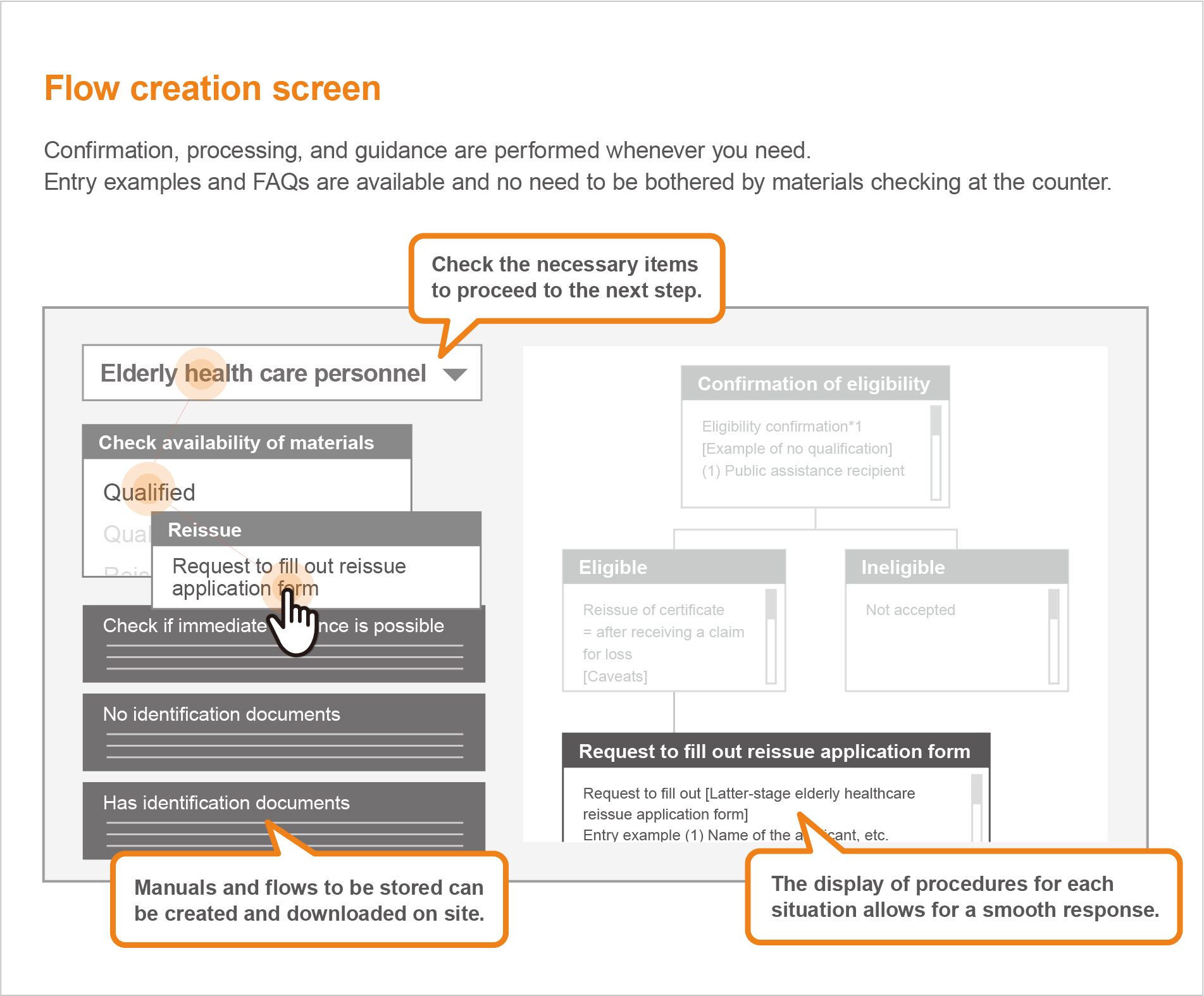
Suginami Ward Office

A special ward located in the western part of Tokyo’s 23 wards. With an area of 34.02 square kilometers, it is the eighth largest in Tokyo’s 23 wards. The population is about 573,500 (2021 survey).